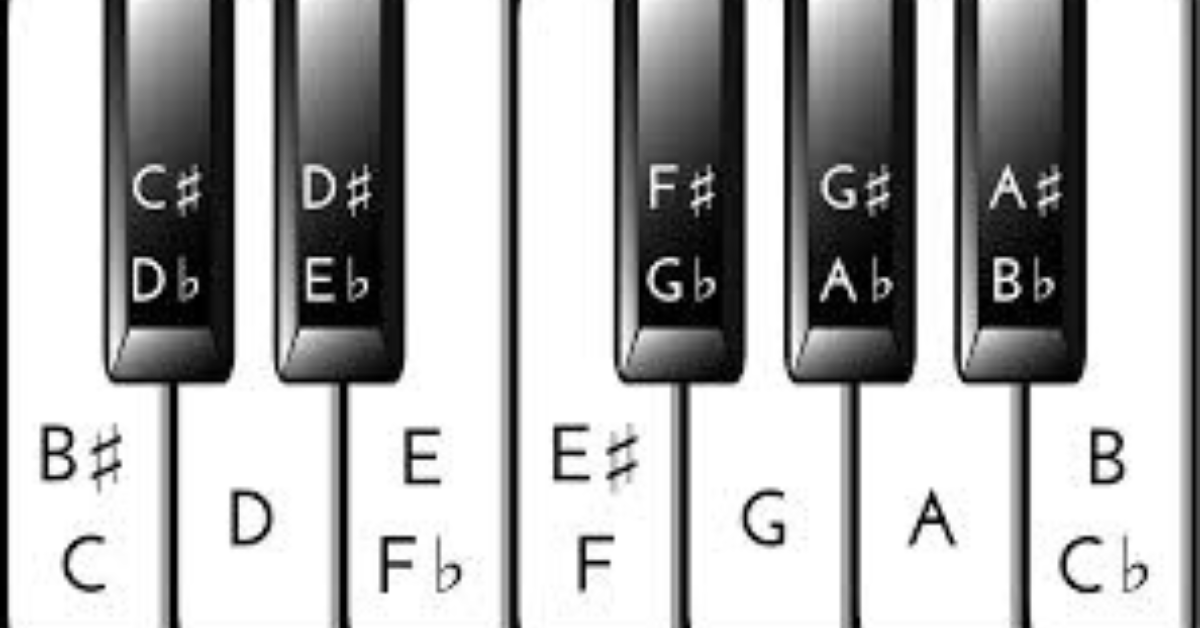When exploring the world of music, one of the most iconic instruments that come to mind is the piano. Whether you’re a seasoned musician or a novice learning to play, understanding the layout of the piano keys is fundamental. One common question that arises is: how many white keys are on a piano?
The Standard Piano Layout
A standard piano typically features 88 keys in total, comprising both white and black keys. Among these, there are 52 white keys and 36 black keys. This arrangement is consistent across most full-sized pianos, including grand pianos and upright pianos.
The Structure of the Piano Keys
The layout of the keys on a piano is both logical and systematic. The white keys correspond to the natural notes in the Western musical scale, which are:
- C
- D
- E
- F
- G
- A
- B
These seven notes repeat in cycles across the keyboard. After B, the sequence restarts at C, continuing through the next octave.
Counting the White Keys
The total of 52 white keys is achieved by counting all the natural notes from the lowest C to the highest C on an 88-key piano. Here’s a breakdown of how they are arranged:
- Octaves: Each octave consists of 12 keys in total (seven white keys and five black keys). The white keys in one octave are C, D, E, F, G, A, and B.
- Total Octaves: A full-sized piano contains seven full octaves plus a minor third (from C to E), allowing for a total of 52 white keys.
Variations in Piano Key Count
While the standard piano has 88 keys, there are variations in piano types that may have fewer keys:
- Console Pianos: These are smaller pianos often used for home use, typically with 76 keys, which includes 52 white keys.
- Digital Keyboards: Some portable digital keyboards might have as few as 61 keys or even 49 keys, yet they still maintain the same pattern of white and black keys.
Regardless of the number of keys, the ratio of white keys to total keys remains similar, reflecting the structure of musical scales.

